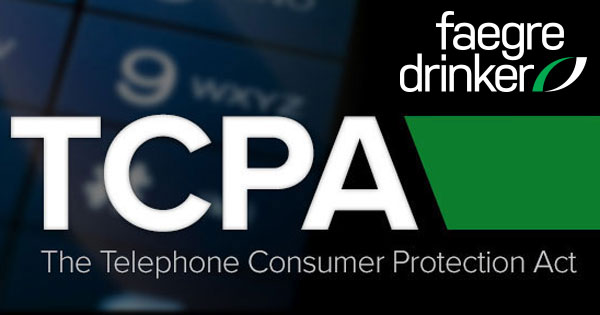One area of continued confusion and conflict among courts reviewing TCPA cases has been how each approaches the scope of the statutory definition of an autodialer, as this critical matter can spell the difference between calls being deemed violative of the statute or acceptable. Last week, the Eleventh Circuit addressed a pair of appeals disputing the scope of the definition of “automatic telephone dialing system” (“ATDS”) under the TCPA. In Glasser v. Hilton Grand Vacations Co., the Eleventh Circuit determined that ATDS should include only equipment that generates numbers randomly or sequentially and then dials them automatically—effectively excluding equipment that dials numbers from preexisting lists. 2020 WL 415811, at *2 (11th Cir. Jan. 27, 2020). This places the Eleventh Circuit squarely at odds with the Ninth Circuit’s expansive definition of ATDS in Marks v. Crunch San Diego.
The ruling hinged on the interpretation of § 227, which defines ATDS as “equipment which has the capacity–(A) to store or produce telephone numbers to be called, using a random or sequential number generator; and (B) to dial such numbers.” 47 U.S.C. § 227(a)(1). The parties disagreed whether the clause “using a random or sequential generator” modifies both “to store” and “[to] produce.” Glasser, 2020 WL 415811, at *2. Plaintiffs argued the clause modifies only “[to] produce,” meaning that calls to targeted lists are subject to the restrictive treatment of autodialer use, even though they are not randomly or sequentially identified. Id.
Acknowledging that clarity “does not leap off this page of the U.S. Code,” the Eleventh Circuit agreed with Defendants and held that this critical clause modifies both verbs. Id. Thus, because Defendants’ equipment called targeted individuals, the calls were not appropriately considered to be placed via ATDS. Id. In reaching its conclusion, the Eleventh Circuit relied on conventional rules of grammar and legislative history—providing detailed analyses of both. Id. at *2-7.
The Eleventh Circuit joined the Third Circuit in narrowly defining ATDS. Id. at *6. Notably, however, the Glasser ruling is inconsistent with the Ninth’s Circuit 2018 Marks v. Crunch San Diego decision, which broadly construed ATDS to include devices with the capacity to automatically dial numbers from stored lists. Id. at *6-7. So while Glasser represents a reduction in the scope of liability in the Eleventh Circuit, consistency and clarity as to what qualifies as an ATDS across jurisdictions remains elusive.

